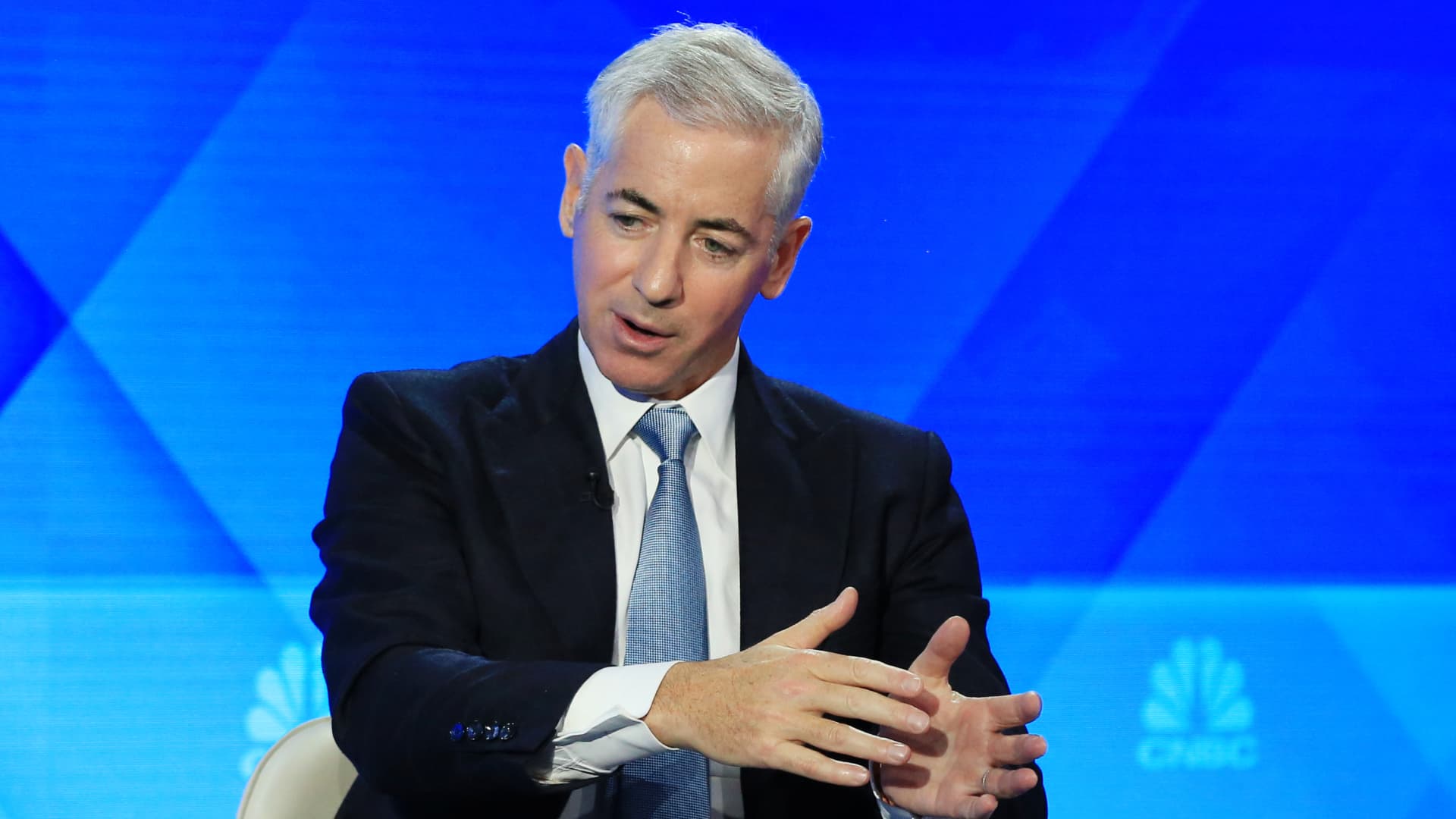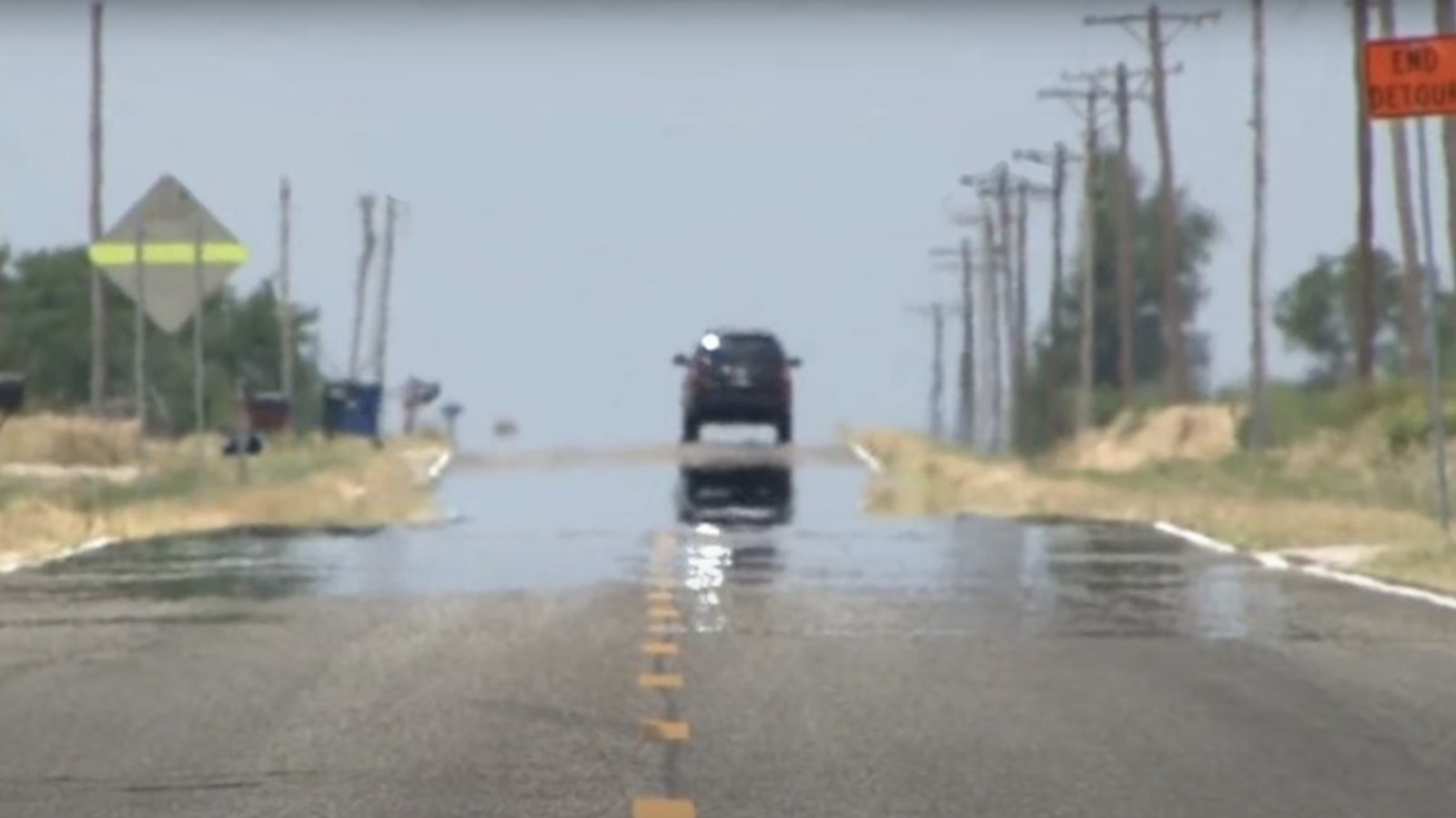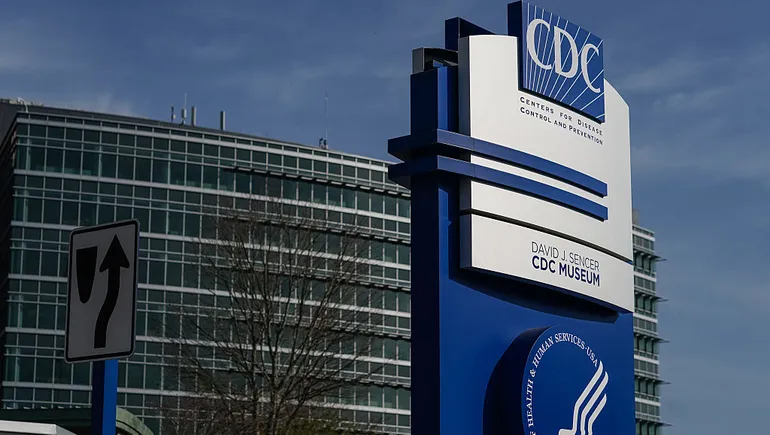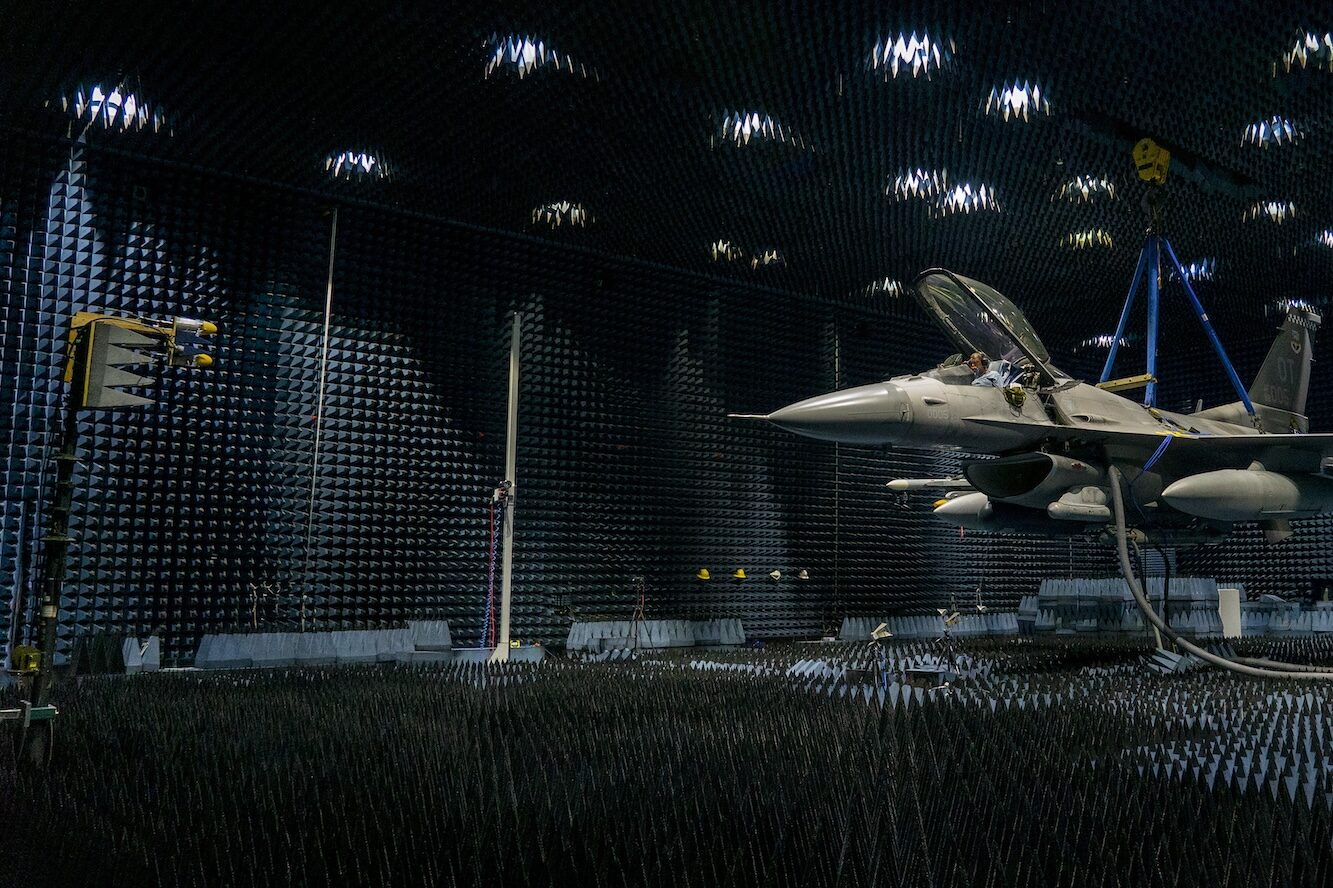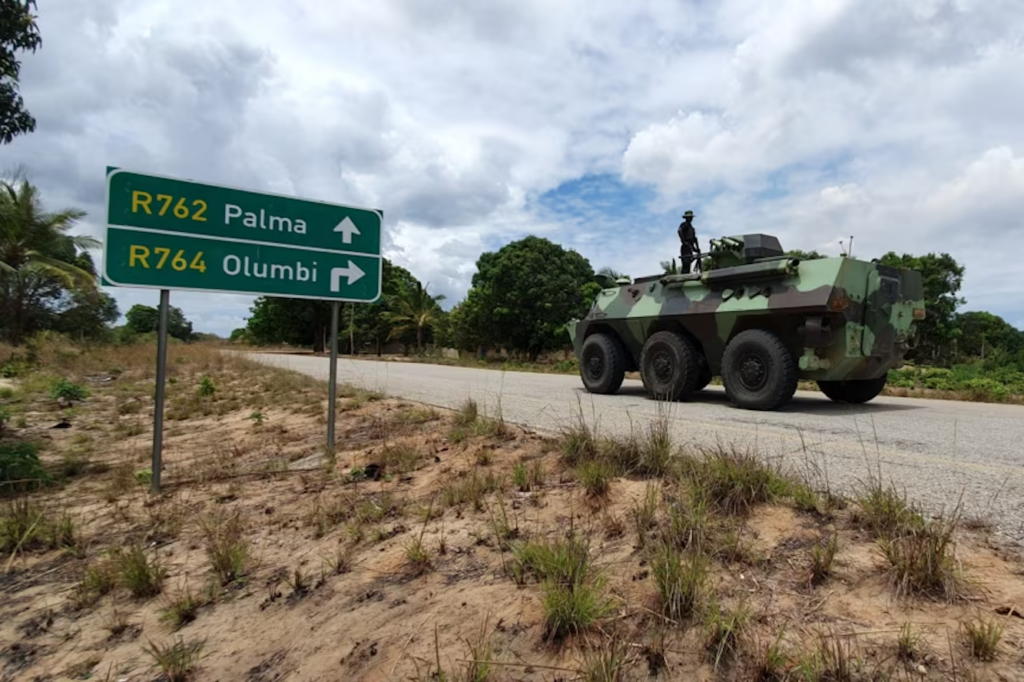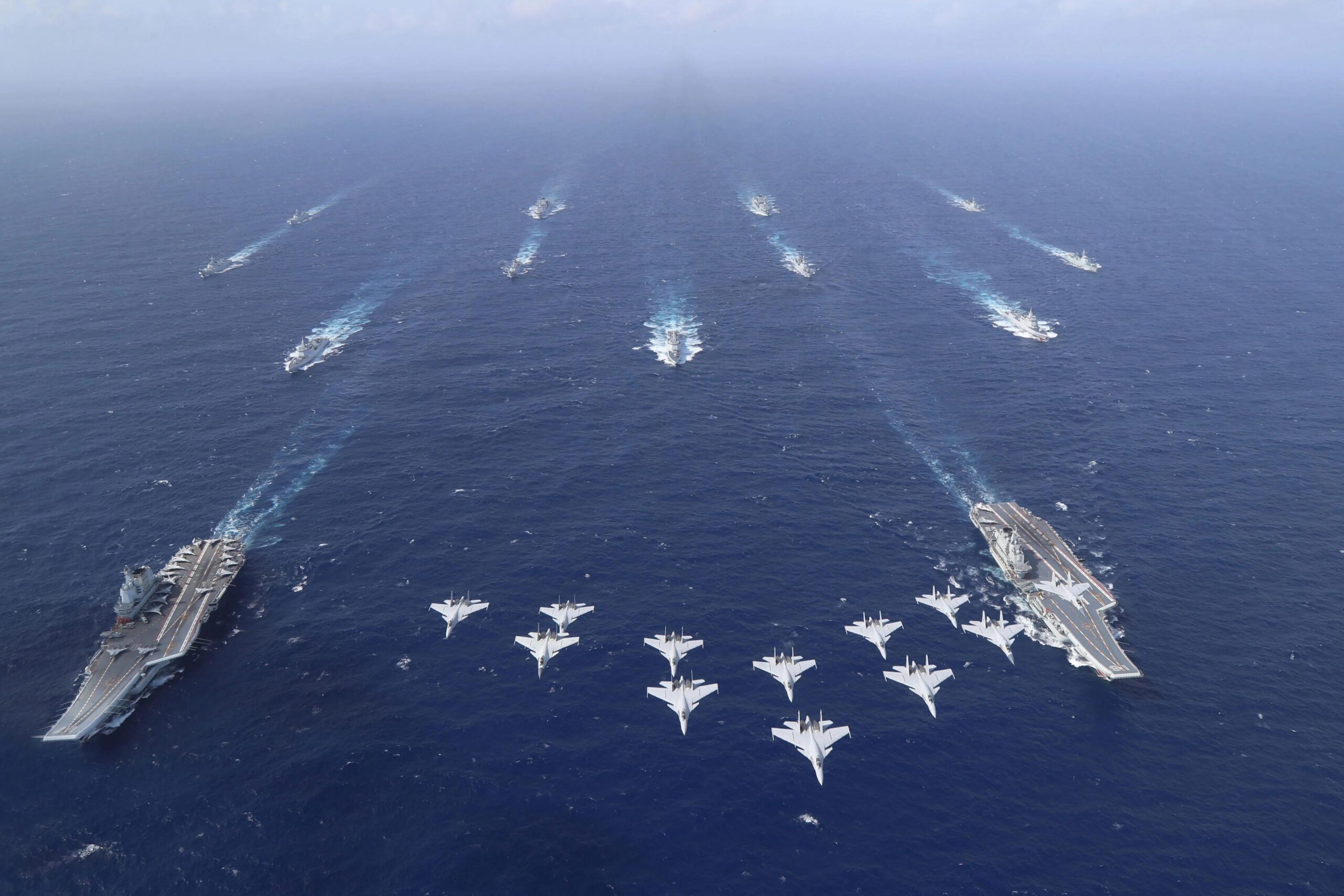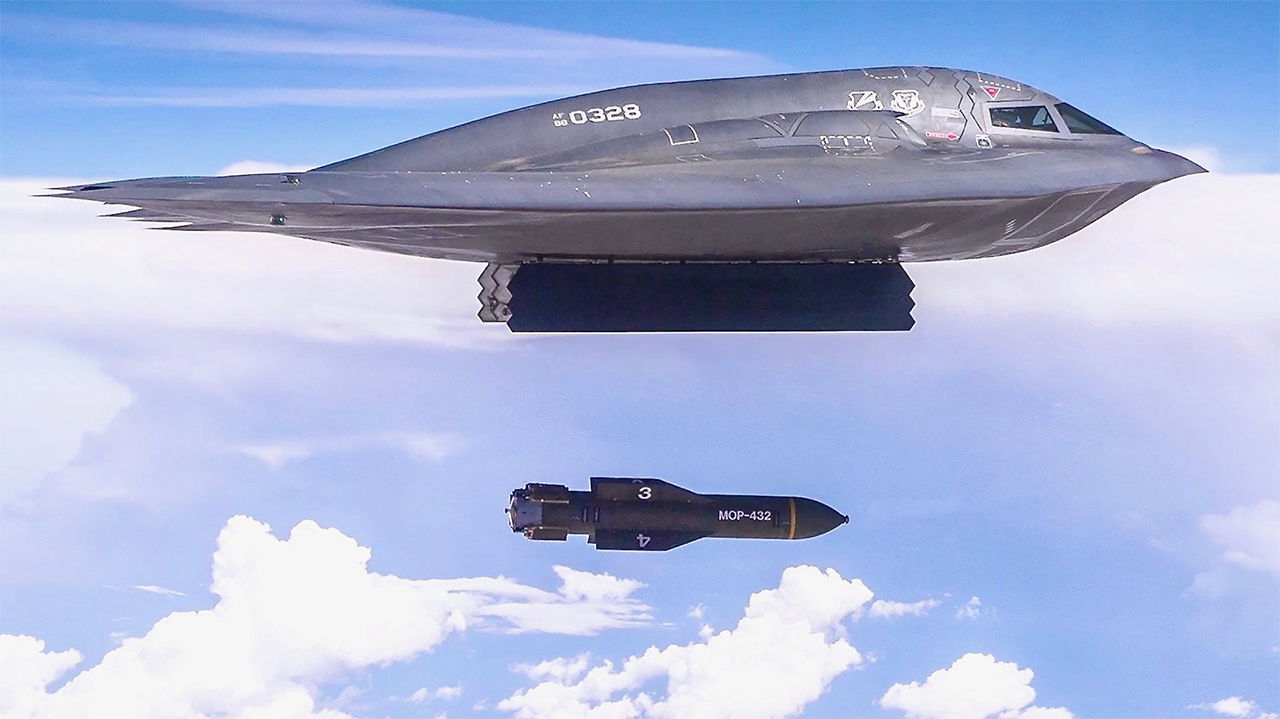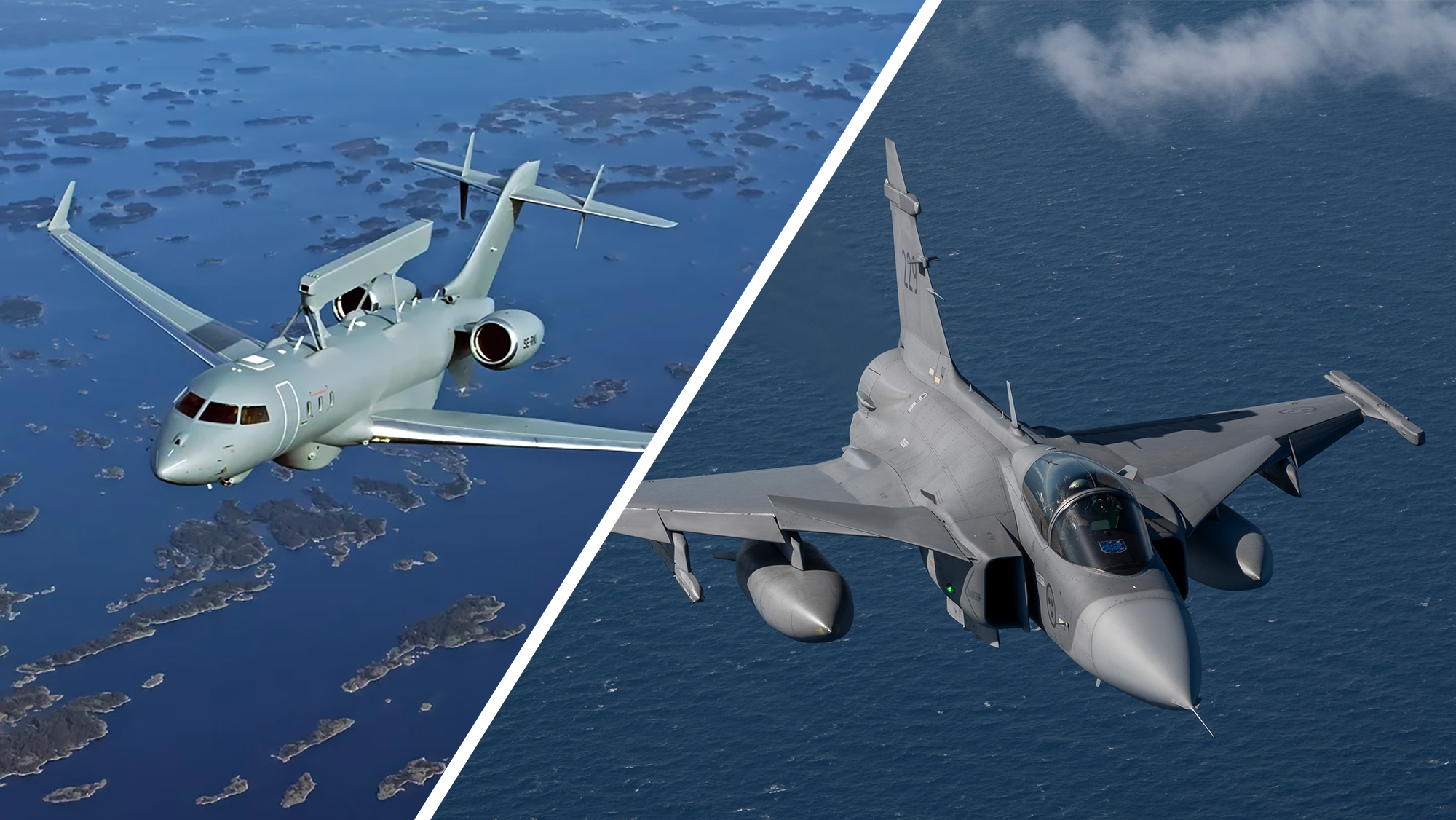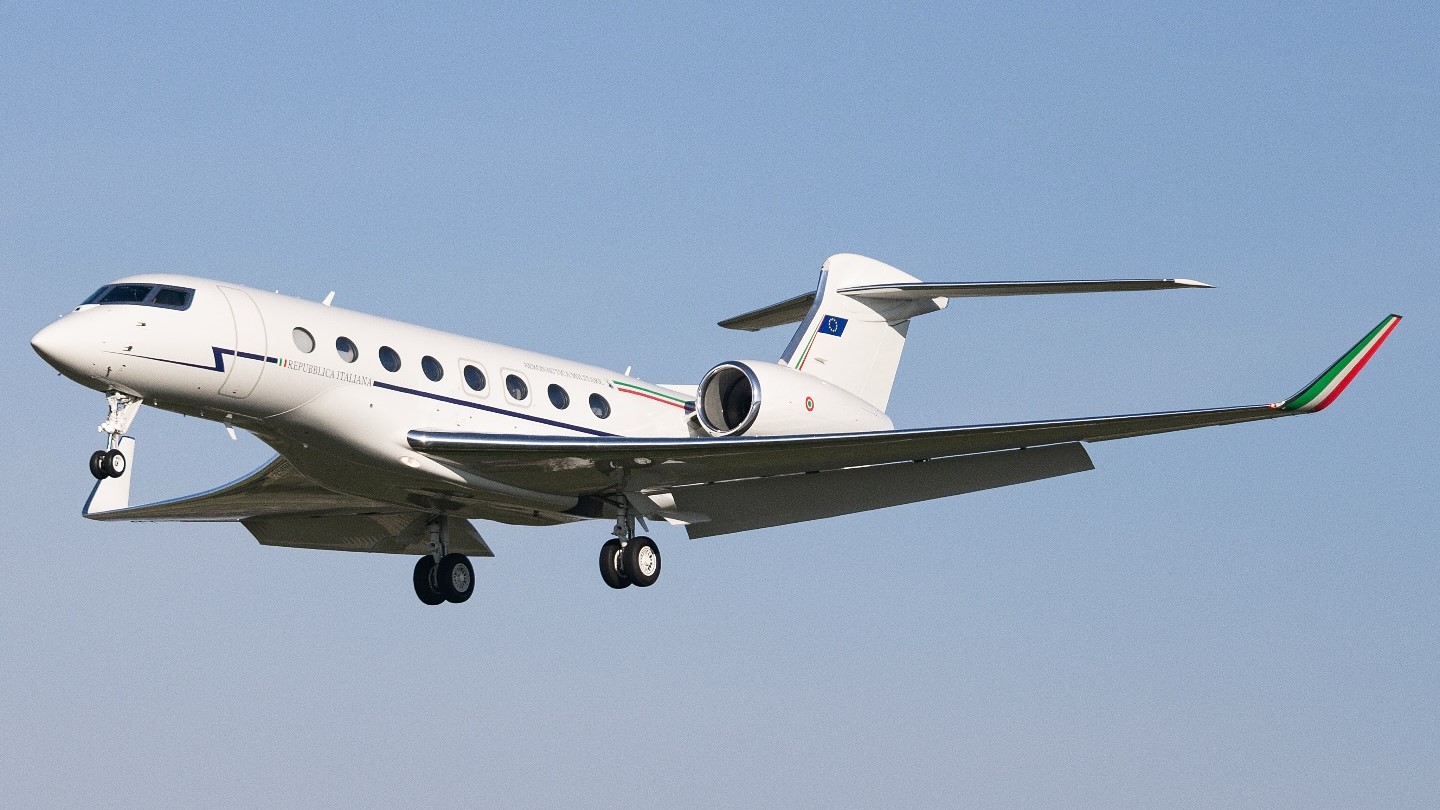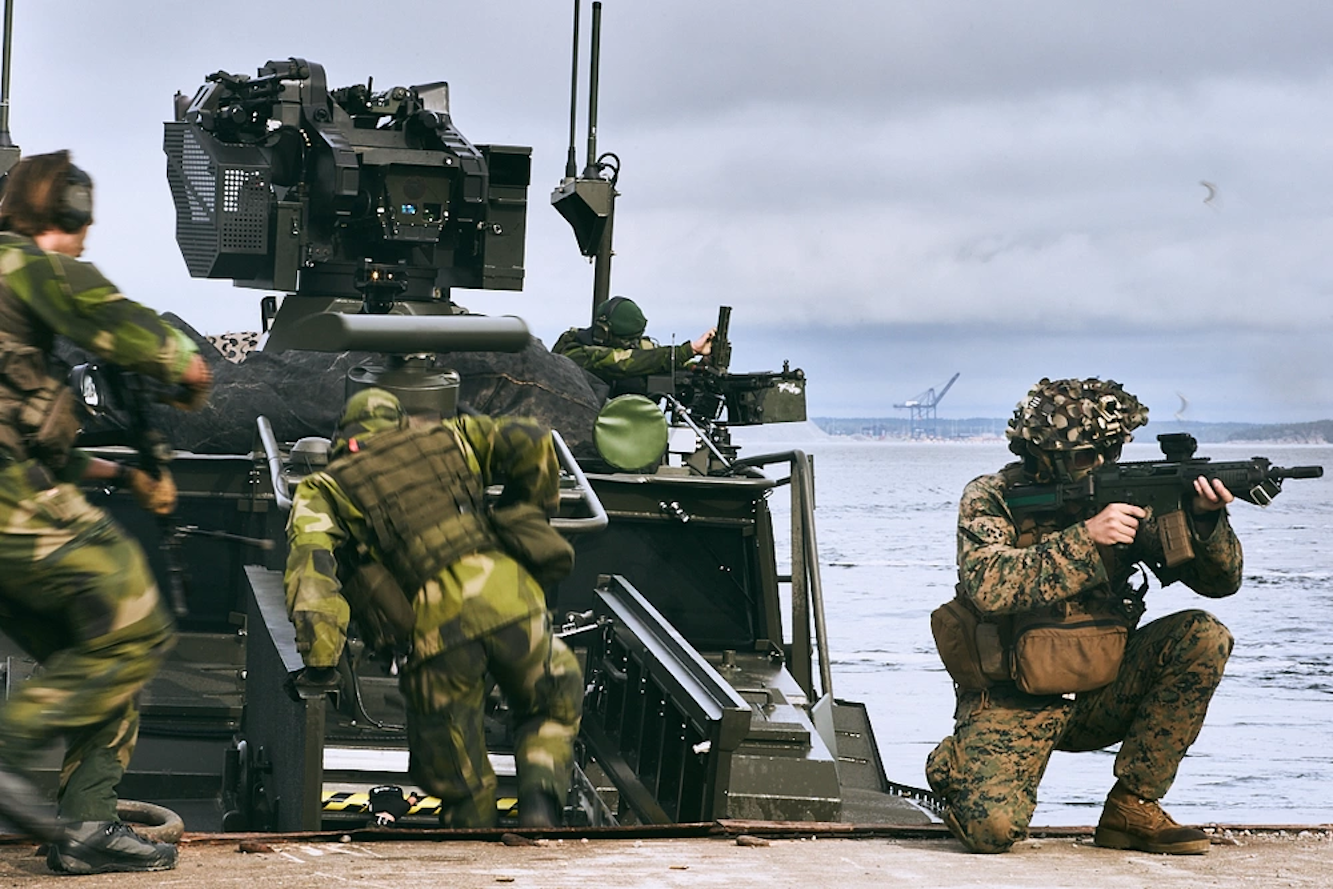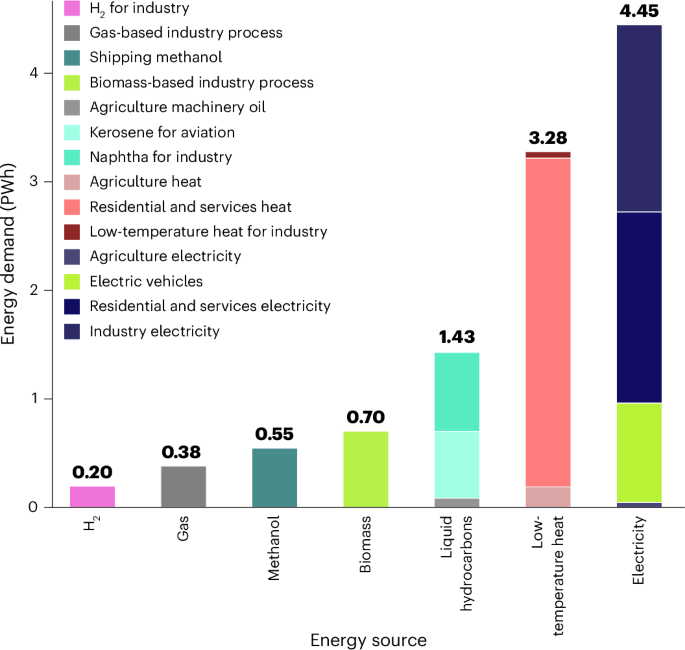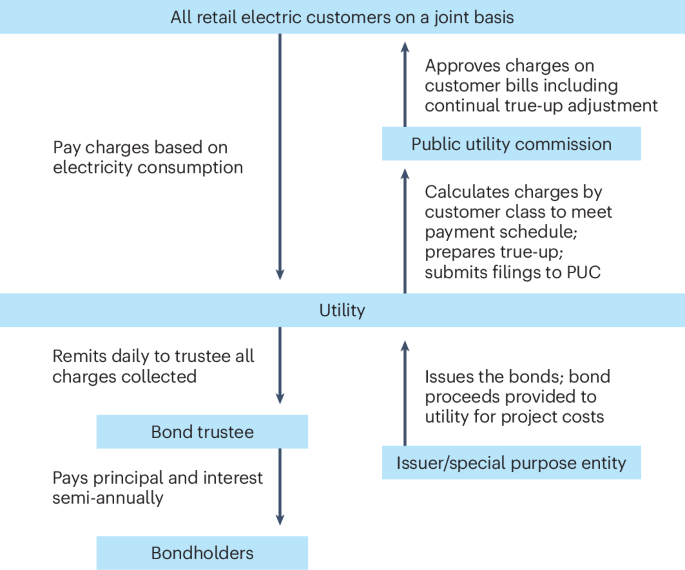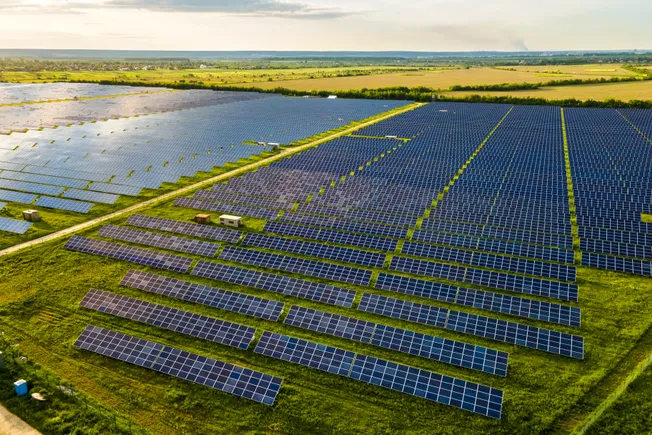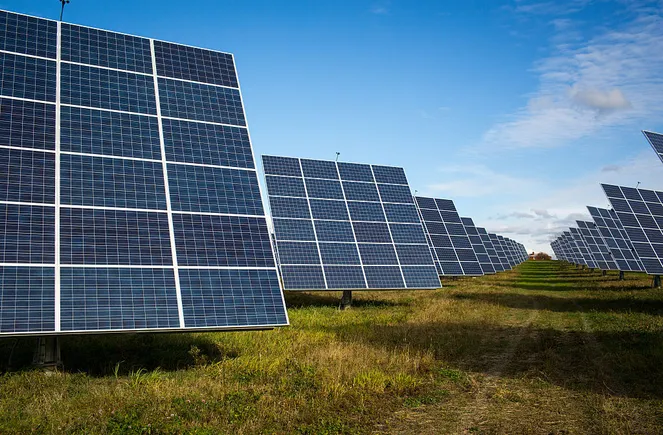Acting CNO reveals fleets’ surge readiness at around 68 percent amid quest for 80
The push for higher surge readiness comes at a time when the Navy’s operational commitments globally are rising, to include at the United States’s southern border.


Abraham Lincoln Carrier Strike Group and Cavour Carrier Strike Group sail in formation. (U.S. Navy photo by Mass Communication Specialist Seaman Apprentice Daniel Kimmelman)
SEA AIR SPACE 2025 — The acting chief of naval operations on Monday revealed the surge readiness of the Navy’s various fleets for the first time since the service announced its 80 percent surge readiness goal last year.
Adm. James Kilby, who became acting CNO in February after the White House fired Adm. Lisa Franchetti, told attendees here at the Sea Air Space Exposition that the submarine fleet is at 67 percent surge readiness, surface ships are at 68 percent, and the aviation components — the service’s goal includes six carriers and associated air wings — are at 70 percent.
Franchetti 2024 “Navigation Plan” [PDF] set a goal for the Navy’s fleets to be 80 percent combat surge ready by 2027, as part of the service’s preparation for a potential conflict with China in Indo-Pacific. Her push, and Kilby’s commitment to maintain it, comes at a time when the Navy’s obligations around the world are only rising.
Beyond the conflicts in Ukraine and the Middle East, the Navy also has two destroyers — workhorse ships capable of a wide variety of missions — on station near the southern border to assist the Coast Guard in maritime interdiction missions.
When asked by reporters if the Navy was being spread too thin, Kilby replied, “Well, I think our Navy is in high in demand and it has been in high demand.” He added that when he served as the deputy commander at US Fleet Forces, there were times he’d be asked to surge forces and was left scrambling to figure out which ships would be called upon.
“I’m just trying to formalize that process,” he said of the service’s recent goals.
Just before speaking to reporters on Monday, Kilby moderated a panel focused on the service’s drive for 80 percent combat surge readiness, flanked by the three-star officers charged with overseeing the operational and acquisition aspects of the Navy’s ships, aircraft and submarines.
Vice Adm. Brendan McLane, the top surface warfare officer, said the service has found shorter maintenance availabilities are completed on time more frequently. With that in mind, he said, the Navy is now looking to increase the frequency of certain ship maintenance periods while limiting their time in maintenance to 100 days. “A shorter avail is simpler just by design,” he added.
Regarding the amphibs, McLane said the Navy this year will pilot a “signature avail” that will aim to solidify what work needs to be done on the ship and award a contract to industry several months earlier than what the service has done traditionally. The goal is to provide all involved more time to prepare accordingly, he added.
Vice Adm. Rob Gaucher, the top operational submariner, said the public shipyards’ capacity for submarines is 10 boats, but there are currently 17 either being serviced or awaiting maintenance.
“Crushing that delta down to 10 is really what’s going to let me drive my combat surge readiness to 80 percent,” he said.
Vice Adm. Jim Downey, the head of Naval Sea Systems Command, the Navy’s primary agency managing ship repair and new construction, said an “elementary” change that’s been made is purchasing materials ahead of availabilities.
“We saw several years ago that a significant amount of our material was being ordered after the start of availability. It wasn’t a minor amount. It’s double digits. It was closer to 50 percent but it was a self-fulfilling prophecy,” he said.






















